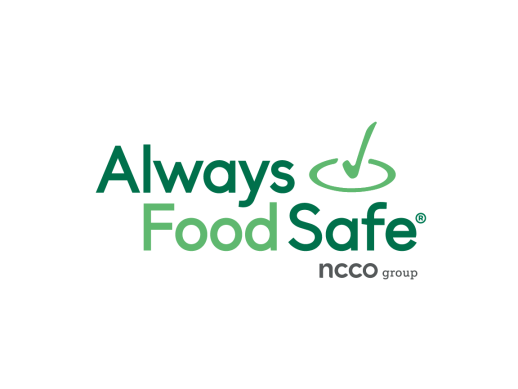Food-borne illnesses affect 48 million people each year and cause 3,000 deaths. These numbers emphasize why hygiene standards remain non-negotiable for anyone in the food service industry.
Proper food service hygiene standards go beyond passing inspections. Poor personal hygiene in the kitchen increases the risk of harmful pathogen transfer to food by a lot. Research shows that all but one of these people carry Staphylococcus aureus on their skin, nasal passages, or throat. This makes personal hygiene and food safety protocols vital for every team member. Customers who spot staff with unclean appearances will take their business elsewhere. The success of your catering business depends on strong food hygiene standards.

 English
English
 Spanish
Spanish
